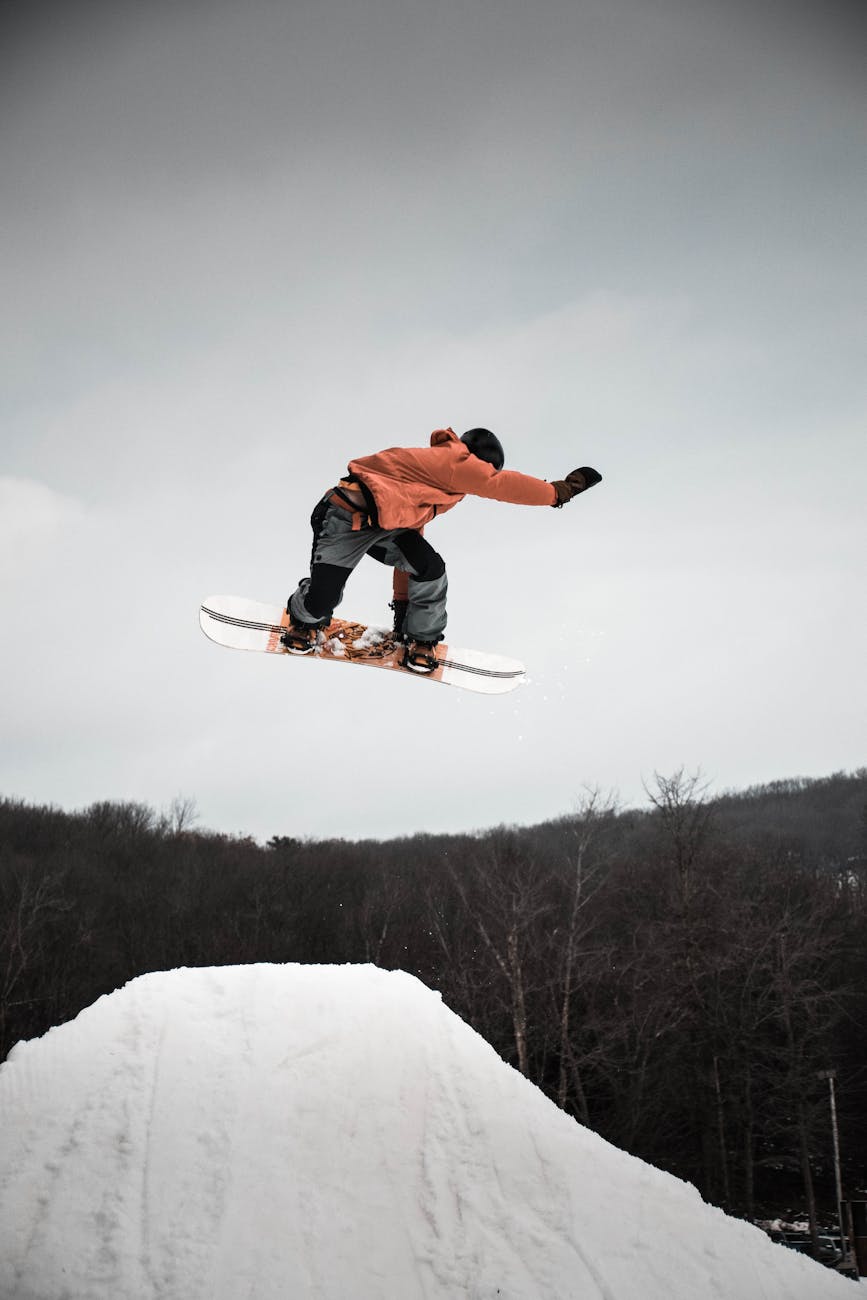Imagine a world where snowboarding does not merely mean gliding down slopes but also involves the precision mapping of terrain from aerial views. This progressive idea is not just a dream but a thrilling reality thanks to the evolution of snowboarding drones. These ingenious machines use advanced technologies to survey landscapes faster and more accurately than traditional methods. As they soar through the frosty air, they gather an impressive wealth of data that can benefit not only snowboarders but also the entire outdoor sporting community.
The blend of cutting-edge drone technology and snowboarding promises to revolutionize the way we survey and interact with snowy terrains. As these drones continue to improve in design and functionality, their ability to navigate complex environments with speed and precision invites adventure seekers and professionals alike to rethink how they approach winter sports and terrain management. It’s exciting to consider what lies ahead in merging these two thrilling domains.
Drones designed for snowboarding are not just standard UAVs. These devices incorporate state-of-the-art technology often reserved for sophisticated applications like mapping, agriculture, or search-and-rescue missions. With features such as high-resolution cameras, LIDAR sensors, and robust GPS systems, they can precisely capture three-dimensional imagery and detailed topographical data.
What makes them stand out is their agility in unpredictable winter conditions. These drones are equipped with features to withstand the harsh elements, including snow, wind, and varying visibility. They can autonomously fly over areas that are difficult for teams on the ground to navigate, providing perspectives and data points that would otherwise be out of reach. In a sense, they serve as an extension of the snowboarder’s vision, making exploration safer and more comprehensive.
Precision mapping is a crucial element of understanding and enjoying outdoor sports, particularly in snowboarding. Drones proficient in this task can create detailed maps that offer insights into different snow conditions, terrains, and potential hazards—information that is invaluable for snowboarders planning their adventures. High-definition imaging coupled with advanced software allows for the creation of contour maps and slope gradients, informing riders about their choices before even hitting the slopes.
Consider how a drone can quickly scan a vast mountainous region, collecting data from each run. The analysis derived from these flights can highlight areas of varying snowfall depth, potential avalanche spots, and even inform about the best routes for thrill-seekers. This level of detail allows for much safer and more enjoyable experiences while snowboarding, enabling riders to push their limits with confidence.
Speed is where snowboarding drones truly shine. Comprehensive data collection used to involve manual surveys, which could take days, if not weeks, to gather sufficient information about a terrain. Enter drones, which can complete this task in a fraction of the time. A drone can cover large expanses of snowy land in a matter of hours, and its ability to capture data continuously while in motion makes it a game-changer.
Fast data collection doesn’t just save time; it also allows for just-in-time decision-making. Factors such as weather conditions or avalanche risks can change rapidly in mountainous environments. With drones providing real-time information, snowboarders and ski patrols can react quickly, ensuring safety and optimal conditions are maintained throughout the day. This immediacy is key for any adventurer looking to maximize their snowboarding experience.
The practical applications of snowboarding drones reach beyond recreation. Ski resorts can implement this technology for a variety of purposes, including improving guest experiences and maintaining safety protocols. Drones can efficiently assess slope conditions, enabling resorts to better manage snowmaking operations or determine when to close certain trails due to safety concerns.
Additionally, researchers and environmentalists can use drone-collected data to study the impact of climate change on snowpack and terrain feedback. Such studies may reveal alarming trends regarding snow density and seasonal changes, informing policies and practices that protect these precious environments. The playground of snowboarding can, in fact, contribute to a larger understanding of ecological challenges when drones are utilized effectively.
As technology advances, the future of snowboarding drones is practically bursting with possibilities. Imagine integrating artificial intelligence into drone systems to enhance predictive analytics for weather and snow conditions. Drones could communicate with each other and share data, leading to a complex network that increases the overall safety and enjoyment of outdoor sports.
The implications stretch far beyond thrilling leisure activities. Snowboarding drones can play pivotal roles in search and rescue missions, utilizing their mapping capabilities to quickly identify lost individuals in snow-prone areas. This technology may not only enrich our snowboarding experiences but also enhance safety measures that save lives, creating a culture of outdoor exploration that champions both thrill and security.
-
Can snowboarding drones work in harsh winter conditions?
Yes, advanced snowboarding drones are designed specifically to handle challenging weather conditions like snow, rain, and wind. They are equipped with durable shells and specialized technology that enables them to function effectively even under less-than-ideal circumstances. -
How do drones enhance safety for snowboarders?
Drones provide real-time data about weather and slope conditions, enabling snowboarders to make well-informed decisions before embarking on their runs. This information plays a crucial role in identifying hazards, such as avalanches or unstable snowpacks. -
Are snowboarding drones suitable for commercial use?
Absolutely. Many ski resorts are beginning to use drones for terrain mapping and operational improvements, thus providing guests with a heightened level of service and safety.
The integration of drones in snowboarding marks a significant technological advancement. These flying marvels are not just tools for measurement but have become essential companions for outdoor enthusiasts. With unmatched precision and speed, they open new avenues for exploration and safety across snowy landscapes. As innovation propels this field forward, the synergy between drones and snowboarding will likely redefine our relationship with winter sports, inviting a new era of adventure that urges us to embrace the snowy outdoors like never before.
Image Credit: Pexels
